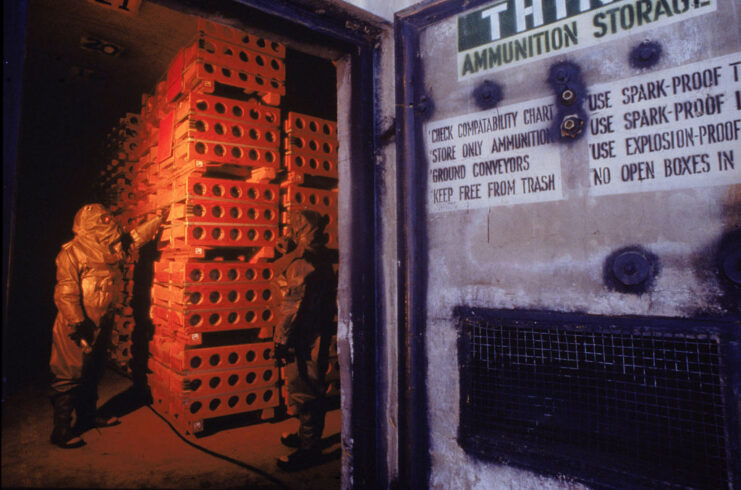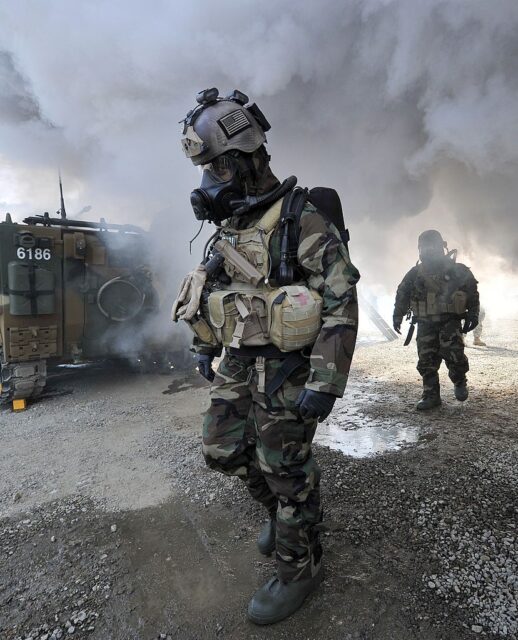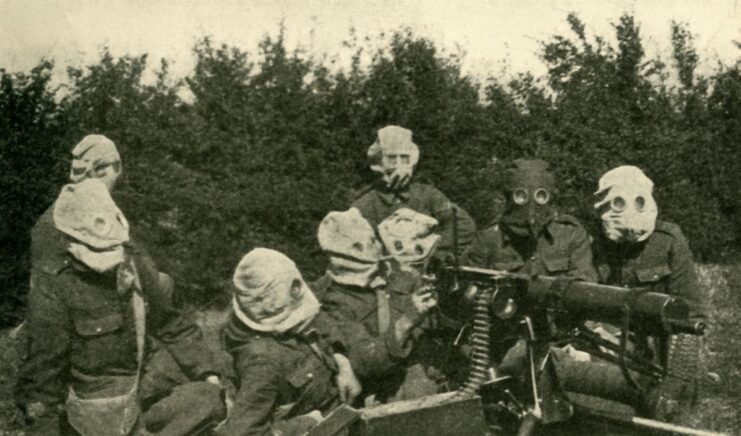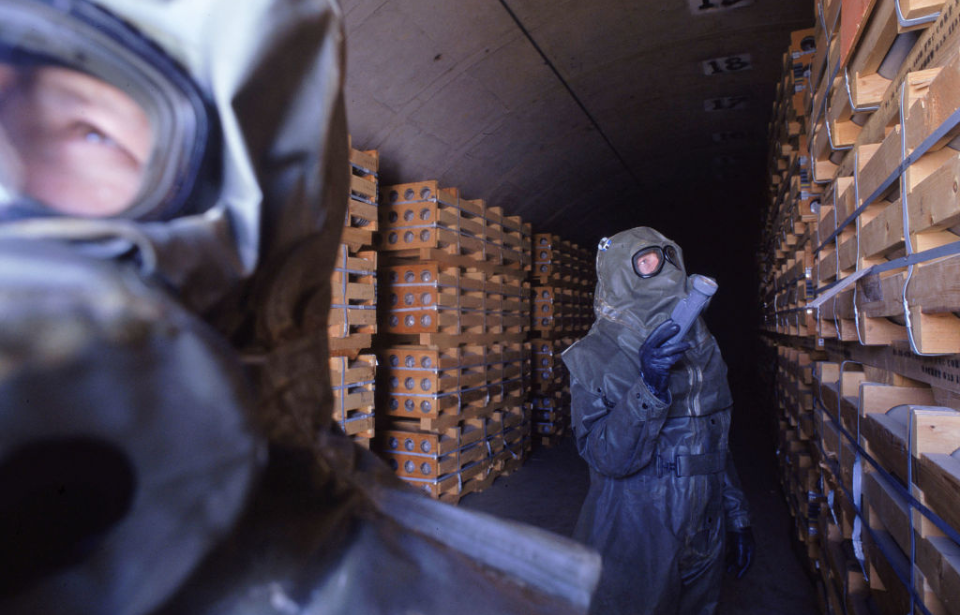Closing a chapter that dates back to the First World War, the US has declared that the last of its chemical weapons stores have been destroyed. According to the government, the weapons were cleared at both the US Army Pueblo Chemical Depot (PCD) in Colorado and the Blue Grass Army Depot (BGAD) in eastern Kentucky.

According to a statement released by the White House, workers at the Blue Grass Army Depot destroyed 51,000 M55 rockets filled with sarin, a GB nerve agent, while those at the US Army Pueblo Chemical Depot had neutralized around 2,600 tons of mustard blister agent.
“For more than 30 years, the United States has worked tirelessly to eliminate our chemical weapons stockpile,” US President Joe Biden said in the statement. “Today, I am proud to announce that the United States has safely destroyed the final munition in that stockpile – bringing us one step closer to a world free from the horrors of chemical weapons.”
Senate Republican Leader Mitch McConnell echoed these sentiments in a separate statement, saying, “Chemical weapons are responsible for some of the most horrific episodes of human loss. Though the use of these deadly agents will always be a stain on history, today our nation has finally fulfilled our promise to rid our arsenal of this evil.”

Chemical weapons first made their debut on the battlefield during World War I. While the French were the first to deploy non-lethal tear gas, which was later adopted by the Germans en masse, it was the latter that utilized the first deadly agent, chlorine. It’s estimated that around 100,000 casualties were caused by chemical warfare during the conflict, and, since then, some one million have been inflicted by its use, according to the United Nations (UN).
The use of chemical weapons was eventually banned by the Geneva Protocol. Despite this, countries continued to stockpile their own stores – that is, until the signing of the Chemical Weapons Convention in 1997. A total of 193 nations have signed it, with the only ones not adding their names being North Korea, Egypt and South Sudan. Israel has signed the treaty, but hasn’t ratified it.

According to the Associated Press, the rockets housed in Kentucky had been at the Blue Grass Army Depot since the 1940s. Those stationed at the US Army Pueblo Chemical Depot began work to destroy the site’s chemical weapons in 2016, which, at one point, amassed over 780,000. By June 22, 2023, they’d completed their task.
“Today – as we mark this significant milestone – we must also renew our commitment to forging a future free from chemical weapons,” Biden added in the White House’s statement. “I continue to encourage the remaining nations to join the Chemical Weapons Convention so that the global ban on chemical weapons can reach its fullest potential.”
More from us: US Navy Identifies Escort Carrier Sunk By Japanese Kamikaze In World War II
According to the Associated Press, the US had a stockpile amassing more than 30,000 tons by the end of the Cold War. Now that it’s been destroyed, work will be done to decontaminate and demolish both sites in Kentucky and Colorado. It’s believed this’ll be a two-to-three-year effort, which will cost between $2 and $3 billion.
